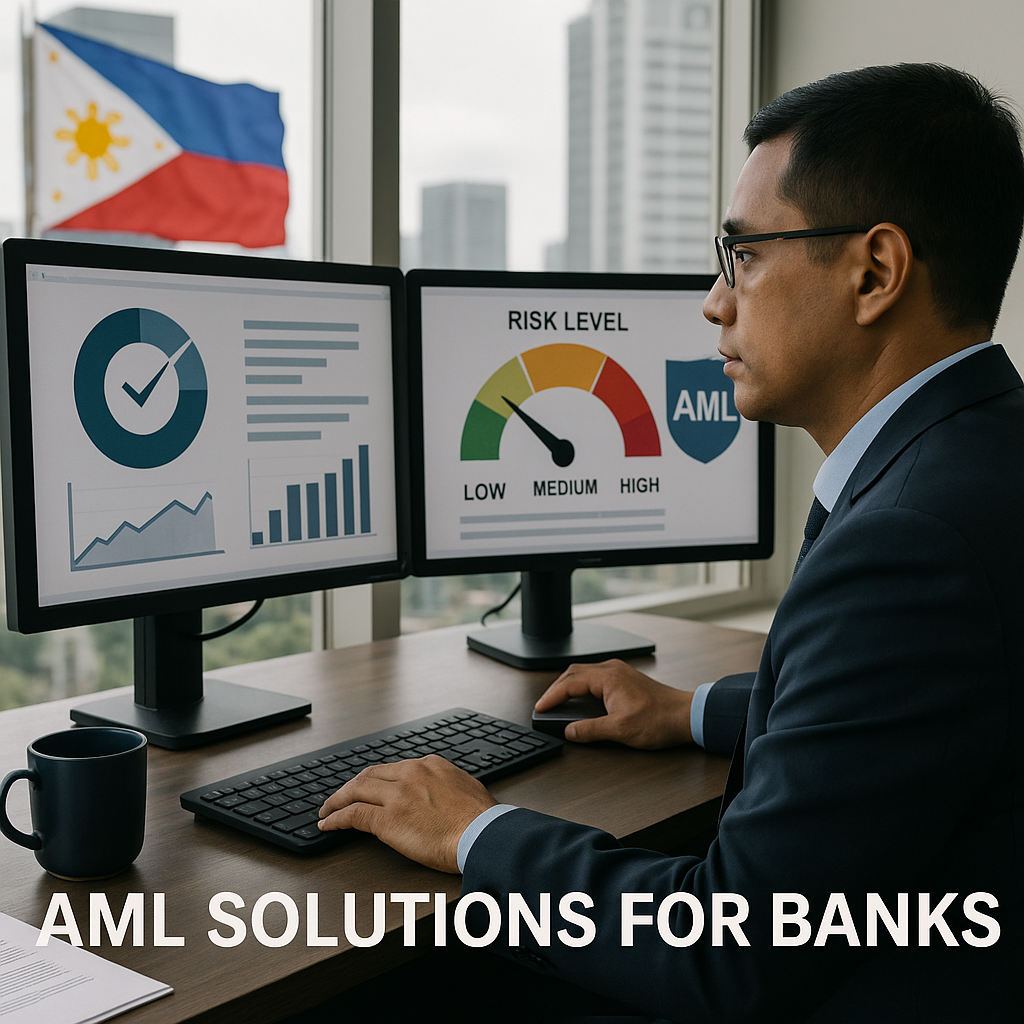The Truth About Modern Fraud Prevention: Facts vs. Common Myths
.svg)
Merchants lose £267 billion to fraud worldwide each year. One in four people becomes a victim of fraudulent activities. Email scams have surged by 111% between 2018 and 2022, causing $2.7 billion in losses. These numbers paint a worrying picture of modern fraud's evolution despite advanced prevention measures.
Synthetic identities now make up 85% of fraud cases worldwide. This makes fraud detection a complex challenge. Machine learning solutions attract 35% of businesses, yet many organizations misunderstand how to protect themselves.
Let's get into the truth behind common fraud prevention myths. We'll explore what makes fraud successful from a psychological perspective and give practical tips to build a resilient defense. You'll also see real-life examples of how organizations are reshaping the scene to curb this growing threat.

The Psychology Behind Modern Fraud Detection
Modern fraudsters target human psychology instead of technical vulnerabilities. They create clever schemes that work even against the best security systems. You need to understand these psychological dynamics to detect fraud effectively.
Why fraudsters succeed despite advanced technology
Criminals don't need technical skills anymore to run large-scale fraud operations. They use AI tools to generate millions of convincing phishing emails and fake websites that fool even careful consumers. These fraudsters play what experts call a "numbers game" - they cycle through large groups of potential victims until they find the perfect targets.
The internet's global reach works in the fraudster's favor. A criminal in Romania or Uzbekistan can target thousands of Americans without much risk. Online crimes often go unpunished across different jurisdictions. This geographic advantage plus sophisticated technology, creates perfect conditions for fraud to thrive.
{{cta('4129950d-ed17-432f-97ed-5cc211f91c7d','justifycenter')}}
The social engineering tactics that bypass security measures
Social engineering is the foundation of modern fraud schemes. It's basically a digital con game where criminals exploit trust or authority to make you breach your data security. This manipulation follows a clear pattern:
- Trust building - Fraudsters carefully study their targets to learn their habits, relationships, and interests
- Emotional triggering - They create panic or build rapport by playing with emotions like fear, excitement, or hope
- Exploitation - After building trust or creating panic, they steal sensitive information
Scammers use cognitive biases like authority bias (following perceived authority figures) and the lack principle (fear of missing out). When these tactics combine with technology, fraud becomes really hard to spot.
How cognitive biases affect fraud prevention efforts
Cognitive biases substantially reduce how well fraud prevention works. Research shows eleven different biases can affect fraud examiners' judgment and decisions. Confirmation bias makes investigators look for information that supports their original theories, and they might miss contradicting evidence.
Investigators also deal with anchoring bias - they form opinions from first impressions and stick to them even when evidence says otherwise. The Innocence Project found that in 29% of U.S. cases where DNA cleared convicted suspects, false confessions played a role. This usually happens because of confirmation bias during investigations.
Even fraud prevention experts can fall for psychological manipulation. The sort of thing I love is that being overconfident about spotting deception actually makes people more likely to get scammed. This explains why smart professionals sometimes fall for the same schemes they're supposed to prevent.
Debunking Common Fraud Prevention Myths
Many organizations stay vulnerable to attacks because they believe in wrong ideas about fraud prevention. Let's get into four common myths that make fraud management strategies less effective.
Myth #1: Technology alone can prevent all fraud
Criminals let loose many types of fraud that no single technology can detect or prevent. AI and machine learning have made big advances, but technology is just one piece of effective fraud prevention. Biometric information helps but has limits when used alone. Organizations need to combine it with strong data analysis. The best approach uses multiple methods where human oversight plays a key role in stopping fraud.
Myth #2: Small businesses face fewer fraud risks
Small businesses often think fraudsters won't target them. But ACFE data shows these businesses faced more fraud cases than larger ones from 2002 to 2022. The financial effect hits them harder too. A single occupational fraud case costs $117,000 on average - enough to destroy small businesses with tight profit margins.
Several factors make them vulnerable. They have fewer resources for anti-fraud controls, weaker internal systems, and not enough staff to separate duties properly. Employee fraud through check tampering, skimming, payroll, and cash theft happens twice as much in small companies compared to large ones.
Myth #3: Fraud prevention always creates customer friction
People often think they must choose between stopping fraud and keeping customers happy. This isn't true. Well-designed authentication can boost customer satisfaction instead of hurting it. Banking customers who experienced fraud gave higher satisfaction scores (82 points) when banks handled prevention right.
Myth #4: Most fraud comes from external sources
Many think outsiders cause most fraud, but threats come from both inside and outside. PwC's Global Economic Crime and Fraud Survey found external perpetrators cause 40% of fraud, while another 20% comes from internal and external people working together. People inside organizations commit internal fraud through accounting scams and asset theft.
The Real ROI of Effective Fraud Prevention
Good fraud prevention brings returns on investment that many organizations don't fully understand. The detailed cost effects help businesses make smart decisions about investing in fraud prevention strategies.
Beyond direct financial losses: The hidden costs of fraud
Fraud costs more than just immediate money losses. Banks and financial institutions actually spend up to £4.5 for every pound lost to fraud. These additional costs include:
- Legal and accounting expenses for investigations and compliance
- PR costs to fix reputation damage
- Higher insurance premiums and interest on emergency loans
- Money spent on hiring and training new employees due to turnover
- Less funding from donors or investors who become cautious
Fraud also drains valuable time and energy that could help grow the organization. Leaders must shift their focus from growth to damage control. This hits employee morale hard and leads to lower productivity, which can create ongoing financial problems.
Calculating the true value of prevention vs. detection
Prevention gives much better financial returns than detection. Detection deals with fraud that has already happened, while prevention stops fraud before it occurs. This difference matters—prevention looks ahead, while detection looks back.
We focused on stopping fraud early to cut down on investigation costs. A report from a leading Fraud Prevention software states that merchants spend £35.79 on each dollar lost to fraud—32% more than in 2022. Companies that use strong prevention systems save money and build customer trust instead of dealing with mounting costs.
Case study: Companies that transformed their fraud prevention approach
Several companies showed real results through smart fraud prevention:
GoodLeaf Hosting stopped over £1.75 million in fraudulent transactions with better prevention measures. iSpring Water System saved about £389,072 from potential fraud losses. Google's policy changes helped the Financial Conduct Authority spot an almost 100% drop in illegal financial services ads on Google's platforms.
Banking Protocol's quick response system has stopped £312.9 million in fraud, handled 56,908 emergency calls, and led to 1,385 arrests since 2016. The program prevented £54.7 million in fraud during 2023. These numbers show how working together to prevent fraud pays off financially.
Building a Multi-Layered Fraud Prevention Framework
Modern fraud prevention strategy relies on multiple protective layers. The fraud prevention landscape in 2024 focuses on layered security that protects institutions, staff, and customers through integrated monitoring systems.
Risk assessment: The foundation of effective fraud prevention
A complete fraud risk assessment helps organizations learn about their exposure, spot risks, and review control strength. This assessment shows how potential fraudsters might work around existing controls. Organizations can adjust their corporate processes or change policy design based on proper assessments. The risk assessment should get into:
- Enterprise-level risks affecting organizational objectives
- Function-specific vulnerabilities requiring targeted assessment
- Effect evaluations during new policy or program design
All but one of these organizations have done a fraud risk assessment, which leaves them especially vulnerable. Companies should identify fraud risks at the enterprise level first and then conduct targeted assessments for high-risk activities.
Balancing automation with human oversight
Human judgment plays a vital role in fraud prevention despite technological advances. Machine learning models can spot patterns of fraudulent behavior, but their decisions aren't always clear or easy to explain. A combined approach works best - AI handles the original detection while human analysts verify findings.
Mastercard's Decision Intelligence system flags suspicious transactions that need human review and considers context that AI might miss. This mutually beneficial partnership has cut down false positives and made detection more accurate. The expertise of skilled professionals adds a significant layer that technology can't replace on its own.
Creating a fraud-resistant organizational culture
Organizations with strong fraud resistance share common traits: leadership that promotes ethical behavior, balanced professional skepticism, and participation across the supply chain. Leaders set this example by sharing clear ethical principles and following them visibly.
Training fraud teams is one of the most useful prevention tools we have. Cases from Enron to recent scandals show that weak organizational culture creates perfect conditions for misconduct. So when a company lacks transparency, accountability, or ethical leadership, employees might justify unethical behavior.
The most effective fraud prevention ended up combining technology, policy changes, human expertise, and organizational values to build multiple barriers against fraud.
{{cta('3d7d6884-475e-4a70-b2a9-b898b4e2b4b0','justifycenter')}}
Conclusion: The Future of AML Compliance is Here
As we've explored throughout this analysis, modern fraud prevention requires sophisticated understanding that goes beyond traditional security measures. While fraudsters continue to evolve their tactics by exploiting psychological vulnerabilities, organizations need multiple coordinated approaches to effectively combat financial crimes. This is where truly innovative solutions become essential.
Revolutionise Your AML Compliance with FinCense
Tookitaki's FinCense stands as the definitive answer to these complex challenges, offering efficient, accurate, and scalable AML solutions specifically designed for banks and fintechs. Unlike conventional systems that leave gaps in coverage, FinCense delivers comprehensive protection with measurable advantages:
- 100% Risk Coverage for AML Compliance: By leveraging Tookitaki's AFC Ecosystem, organizations achieve complete coverage for all AML compliance scenarios, ensuring comprehensive and up-to-date protection against evolving financial crimes.
- Reduce Compliance Operations Costs by 50%: While the median fraud losses of £117,000 per incident can devastate small businesses, FinCense's machine-learning capabilities significantly reduce false positives and focus resources on material risks. This approach drastically improves SLAs for compliance reporting (STRs) while cutting operational costs in half.
- Achieve Unmatched 90% Accuracy in AML Compliance: FinCense's AI-driven AML solution ensures real-time detection of suspicious activities with over 90% accuracy, far exceeding industry standards and maximizing the return on investment—similar to how banking institutions save £4.50 for every pound invested in fraud prevention.
Advanced Transaction Monitoring
FinCense's transaction monitoring capabilities leverage the AFC Ecosystem for 100% coverage using the latest scenarios from global experts. The system can monitor billions of transactions in real time to effectively mitigate fraud and money laundering risks, creating the perfect balance of automated systems with necessary human expertise—precisely the approach that help companies achieve measurable success.
As we've established, fraud prevention is a continuous journey, not a destination. Risk assessments, employee training, and culture development remain vital components of any effective strategy. With FinCense, organizations can build resilient defenses against evolving fraud threats while maintaining operational efficiency and customer trust—transforming AML compliance from a regulatory burden into a strategic advantage.
The future of AML compliance isn't about working harder—it's about working smarter with FinCense.
Experience the most intelligent AML and fraud prevention platform
Experience the most intelligent AML and fraud prevention platform
Experience the most intelligent AML and fraud prevention platform
Top AML Scenarios in ASEAN

The Role of AML Software in Compliance

The Role of AML Software in Compliance










